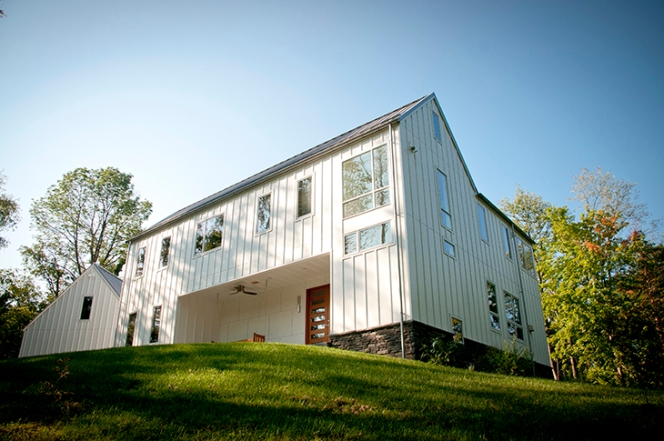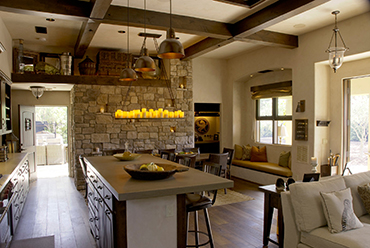Your Cart is Empty
Customer Testimonials
-
"Great customer service. The folks at Novedge were super helpful in navigating a somewhat complicated order including software upgrades and serial numbers in various stages of inactivity. They were friendly and helpful throughout the process.."
Ruben Ruckmark
"Quick & very helpful. We have been using Novedge for years and are very happy with their quick service when we need to make a purchase and excellent support resolving any issues."
Will Woodson
"Scott is the best. He reminds me about subscriptions dates, guides me in the correct direction for updates. He always responds promptly to me. He is literally the reason I continue to work with Novedge and will do so in the future."
Edward Mchugh
"Calvin Lok is “the man”. After my purchase of Sketchup 2021, he called me and provided step-by-step instructions to ease me through difficulties I was having with the setup of my new software."
Mike Borzage
The Edge: Jeremiah Russell, the Rogue-Star Architect
December 23, 2014 6 min read
Novedge: Tell us a bit about who you are and what you do 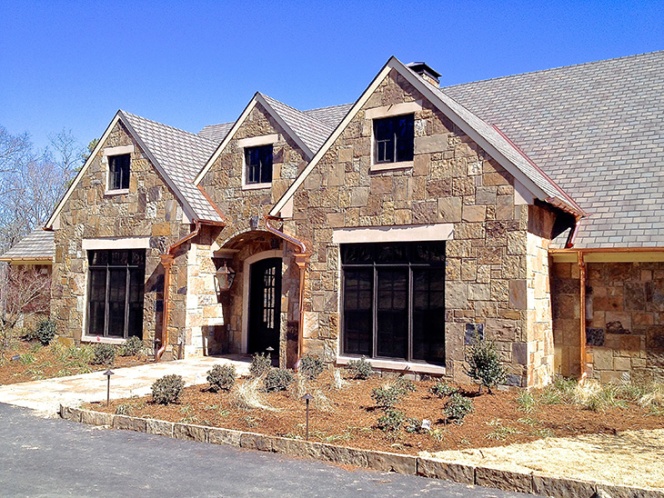 Jeremiah Russell: My name is Jeremiah Russell and I am a licensed Architect based in Little Rock, Arkansas. I am also the Principal Architect (i.e. “The Brains” or “The Boss”) behind ROGUE Architecture, LLC, a small firmthat specializes in single-family residential and light commercial architecture, design and construction. We are a client focused firm dedicated to providing superb service, with attention to detail, schedule and budget, to make sure your project is designed and built well, and will be a sound investment for years to come. We also make really pretty pictures. I also make pretty pictures of buildings.
Jeremiah Russell: My name is Jeremiah Russell and I am a licensed Architect based in Little Rock, Arkansas. I am also the Principal Architect (i.e. “The Brains” or “The Boss”) behind ROGUE Architecture, LLC, a small firmthat specializes in single-family residential and light commercial architecture, design and construction. We are a client focused firm dedicated to providing superb service, with attention to detail, schedule and budget, to make sure your project is designed and built well, and will be a sound investment for years to come. We also make really pretty pictures. I also make pretty pictures of buildings. 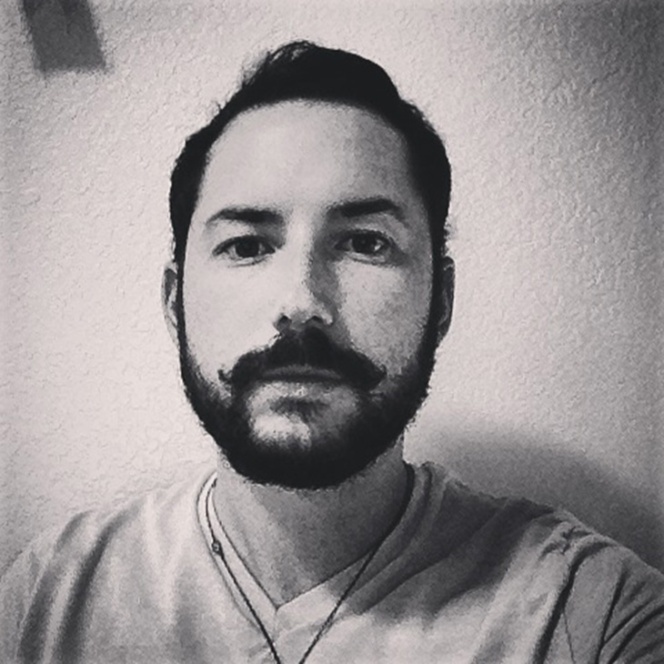
Novedge: You recently made the move from working and moonlighting for other firms, to become a sole proprietor and the captain of your own ship. Can you give some advice to someone who is ready to set sail on their own?
Jeremiah Russell: 3 pieces of advice to someone who is ready to open their own firm:
1. You’re not ready. If you think you’re ready you’re either over or under medicated and should seek medical attention immediately. They don’t call it “The Big Leap” for nothing. It takes faith in your own abilities, apart from the soul crushing doubt that plagues your mind every second of every day.
2. Have clients already signed to contracts before taking the plunge. You need an expected income. Don’t rely on savings.
3. Have some savings. This is probably advice I should have given myself. Having at least some safety net when you first start out is a good thing. Clients don’t always pay and some projects can and do disappear.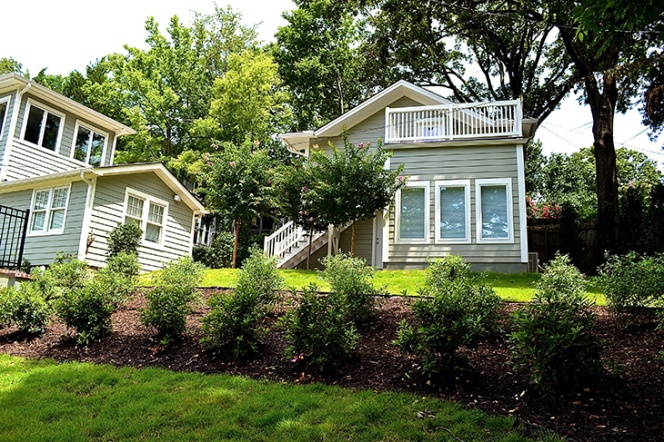
Novedge: What is a recent project that you worked on?
Jeremiah Russell: When I started my firm I had 6 clients who had signed contracts. One project was already under construction and one was ready for demo. 4 others were in development. All of them are residential and vary in complexity and levels ofarchisexy.The one I am most proud of is a private residence located near Lake Hamilton in Hot Springs, Arkansas. The clients found me through Houzz and it almost seems like a complete fluke, but I’ll take it however I can get it. The house is contemporary in design on 22 acres of land set WAY back from the road on a hill surrounded by trees. It will be nearly invisible from the road and will have the most breathtaking wooded views from every room in the house. What makes the home more amazing are the clients. Truly willing to allow me, their Architect, to create the design based on their desires, their budget and their site. They had some preconceptions of how they wanted the home to function, but I was free to run with it from there. The finished product will be a truly breathtaking contemporary home and a signature piece of Architecture. I have likewise been very fortunate in all of my other projects so far, as well. My clients are exceptional. None of them have worked with an Architect before and yet all of them have been receptive to guidance and even willing to take a chance on certain design elements that they may not have understood fully or are not what they’ve seen in other homes around them.Note: most of my projects have been remodels in large development neighborhoods where no Architect has ever been involved. I hope I will continue to be so lucky. 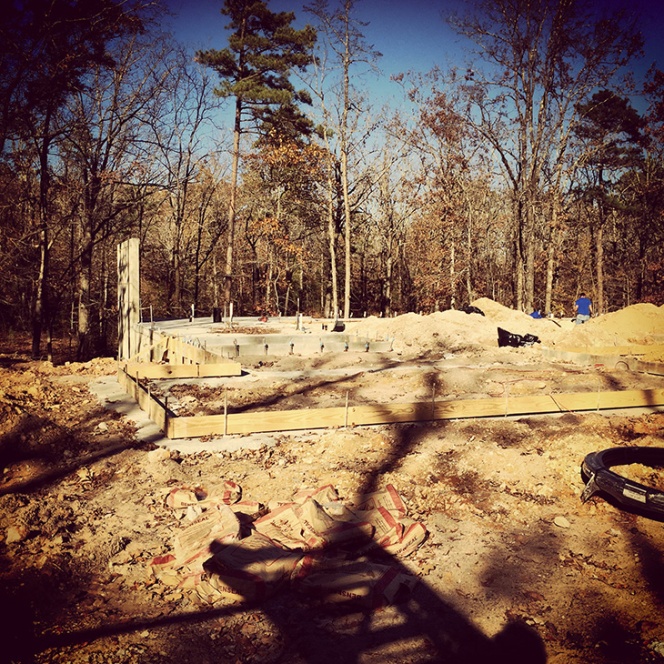
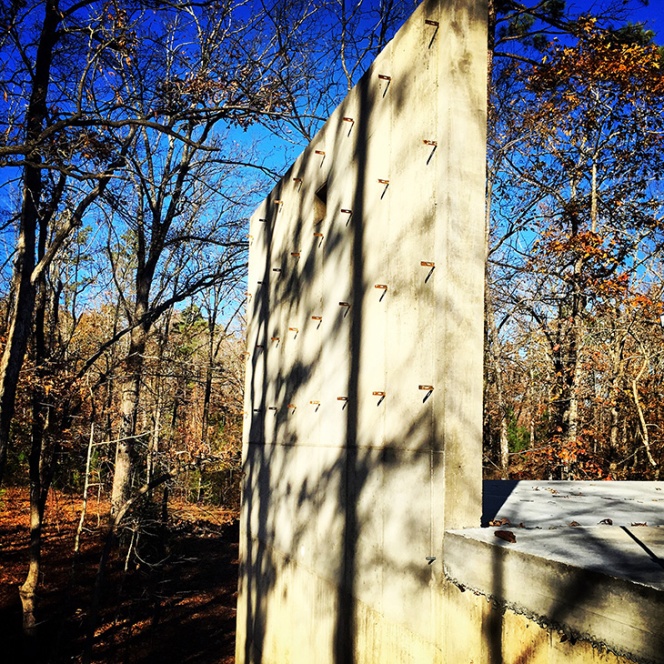 Novedge: What should Architects do so clients recognize the need for an Architect's services and expertise?
Novedge: What should Architects do so clients recognize the need for an Architect's services and expertise?
Jeremiah Russell: There are 3 very important things that Architects need to do for their clients and potential clients to show their value and worth: Educate, Educate and Educate. When a potential client calls or emails and asks questions, you are presented with an opportunity to educate and show your value as an Architect and as a professional. When a signed client asks questions about the design, you are presented with an opportunity to educate. During construction, as you’re walking the site with your client, you are presented with an opportunity to educate. Take all of these opportunities seriously and do not shy away from them even if you think it will cost you a project. I guarantee they will eventually look back and see the value you could have offered if they had allowed. For clients you’re already contracted with, taking these opportunities to educate will mean referrals down the road. Don’t ever be afraid to tell your clients the truth and lead them to good decisions. One of my current clients said to me recently during a schematic progress meeting: " We’re fixing another designer's drawings Jeremiah, imagine how much easier this would have all been if I had hired you first.” 

Rogue Architecture- Pelloquin Plans and Elevation
Novedge: What Architect of the present or the past you are inspired by ?
Jeremiah Russell: As a student in college I was drawn to some of the greats – Le Corbusier, Meis van der Rohe, Richard Meier and even Daniel Liebeskind. I always struggled to make my designs “modern” in studio – to mimic the designs of those mentioned. I just couldn’t seem to find my “style”. It wasn’t until later that I started to see all of the big name Starchitects for what they are – just big names. The large commissions that modern Starchitects take on, do not interest me much at all. They lack any compassion for their surroundings and even less compassion for those who will use the buildings. The Architects that I admire now and who inspire me greatly are actually those that I consider friends – Lee Calisti, Bob Borson, Neal Pan, Jes Stafford , and many others that I interact with on a fairly regular basis. Their work is inspired because it is considerate, it is functional and there is care and craft present in everything they do. That, to me, is what makes a great Architect.
Novedge: What software do you use? Why?
Jeremiah Russell: From 1998 until 2013 I used Autocad. The first firm I worked for was even a Beta tester for Autodesk and so we would get the latest release about a year before it was to be released commercially. I learned A LOT in the 4 years I worked at that firm. For the last two years I’ve been using Vectorworks Architect by Nemetschek. It’s a very powerful BIM software that still allows users the flexibility of using 2D within the 3D/BIM workflow, which I find invaluable especially during Schematics and Design Development. At one of the firms I worked for here in Arkansas I was asked to research different software and find one that would best fit the office. We were a Mac based office so that limited our choices somewhat. I did look at Revitbut the price tag for an office of two was way out of our reach. Archicad was the next logical choice and it was a software I had used before personally. The price tag was still a little high given what our needs were. Vectorworks was recommended by a colleague (sole proprietor) and it seemed like a really good fit (the price was also easy to swallow). Now, two years in, I absolutely love it and recommend it to everyone I talk to whether they want to hear it or not. As I mentioned, it’s BIM but flexible. It’s also very easily customizable for those of us old enough to know what line weights are and to care about what our printed drawings look like.
Novedge: Do you have a favorite quote about Architecture?
Jeremiah Russell : “All architects are prostitutes.” Alvar Aalto. “Nothing conveys the actual experience of a building like the real thing". To paraphrase Robert Hughes, a photograph of architecture is to architecture as telephone sex is to sex.”
Novedge: What is the best advice you have ever received?
Jeremiah Russell: In my first internship out of college I had a wonderful mentor – Walter Taylor, FAIA. He took me under his wing and taught me a great deal in the short time I worked with him. One of the most important things he ever taught me was something I still think about and apply in my daily career. One sunny day in my office cubicle (sarcasm) I was working on a framing detail for a balcony planter for a large airport project. I was struggling with how to support this thing off the steel (custom curved Alucobond metal panels and a glass handrail), when he came over to my computer and looked at what I was drawing. He stopped me and asked what I was doing. After I explained he pointed to some of the lines on my screen and he said: “all of these lines represent things in real life. What are they (deer in headlights stare from me)? When you draw a line on paper, or on the computer, make sure you understand what it represents and what it is doing.” I’m paraphrasing of course. This was about ten years ago, after all. But it’s the most important advice I’ve ever received professionally. And to this day when I draw anything I think about those words and I think about what I draw and detail. Like nothing else in my professional career, that advice has helped me understand to greater degree how buildings work and how they are put together.
Rogue Architecture's clients are very lucky indeed. Here at Novedge, we were very impressed with Jeremiah Russell's Blogand with his mission to prove, beyond any reasonable doubt, the value an Architect can bring to the table. If you need motivation, and inspiration read here. And if you want to find out more about Jeremiah's work you can follow him on Twitter, Facebook and Houzz.
And don't forget to follow Novedge on Twitter as well.
Related articles
Also in NOVEDGE Blog

Discover the Enhanced Features of Lands Design 6: Intuitive Interface, Rhino Plugin Integration, and Advanced Design Tools
April 30, 2024 3 min read
Read More
Maxon One Spring 2024 Release Packs Particle Power, Toon Shading, and More
April 10, 2024 4 min read
Read MoreSubscribe
Sign up to get the latest on sales, new releases and more …



